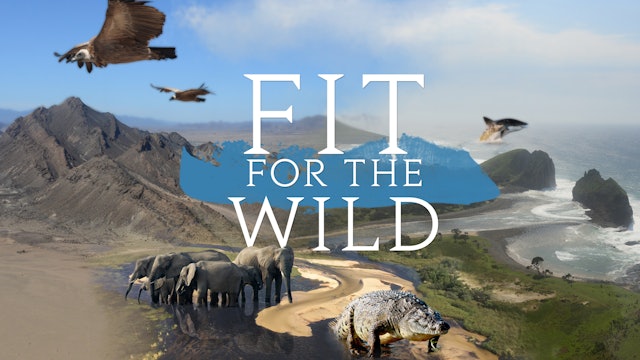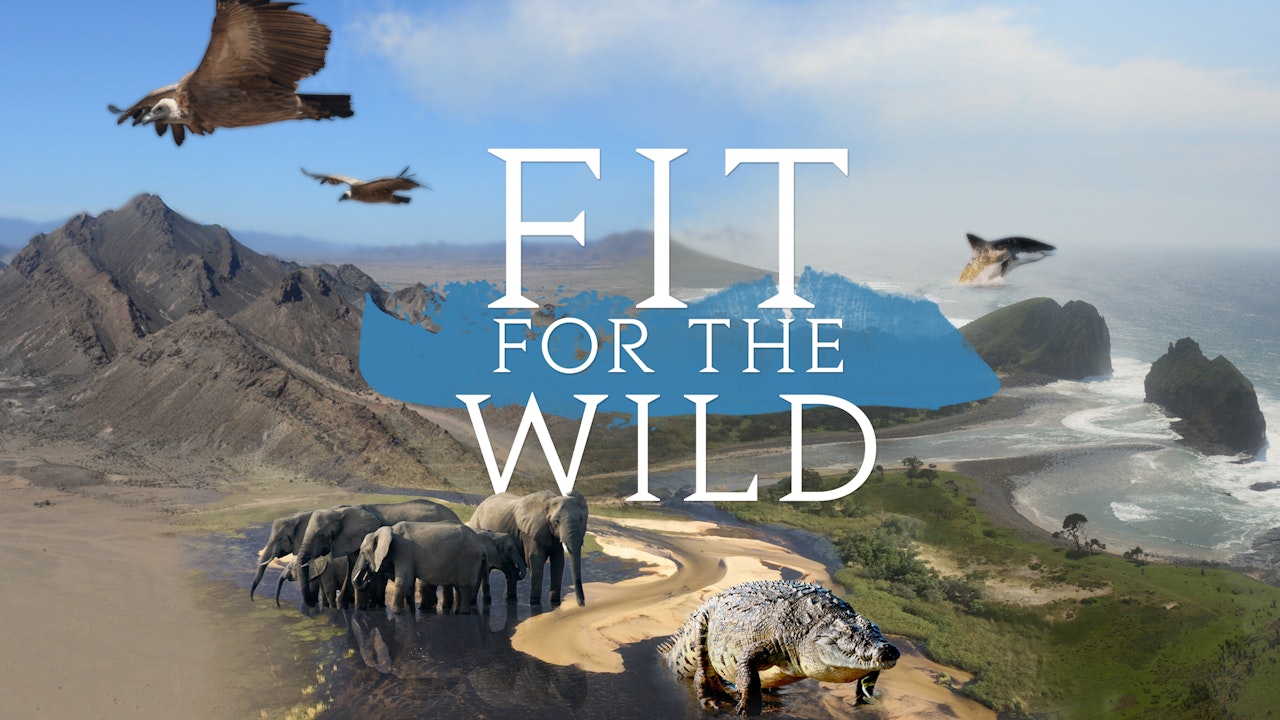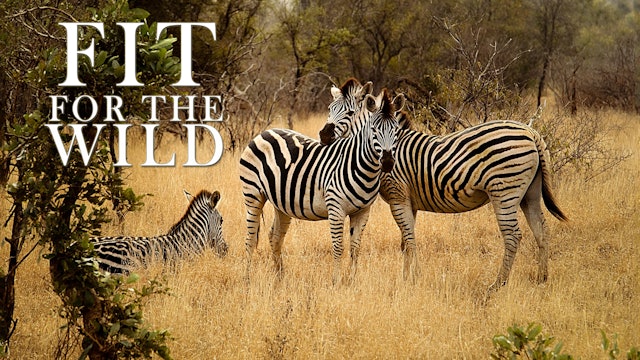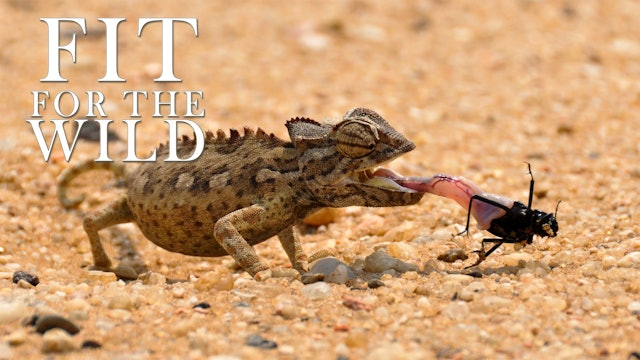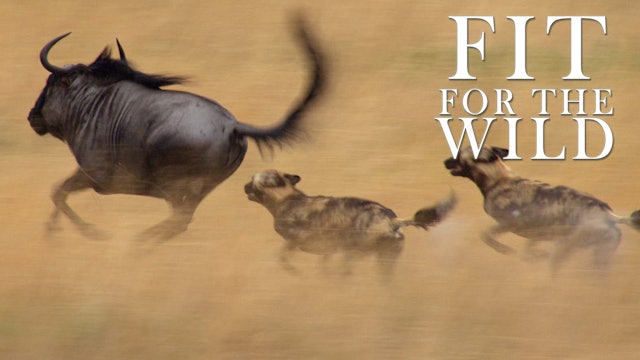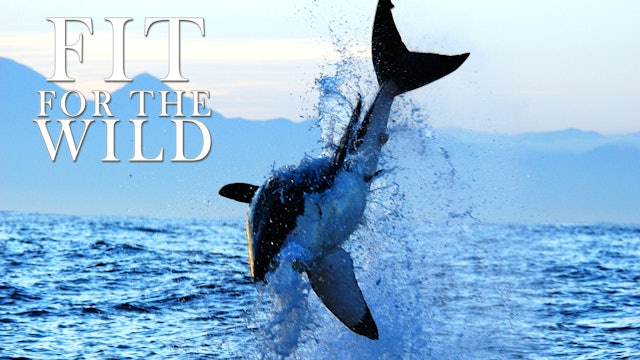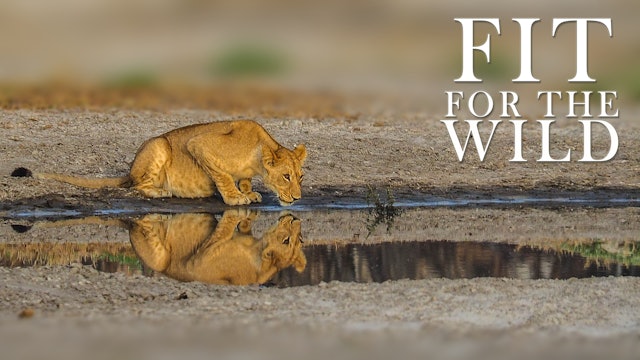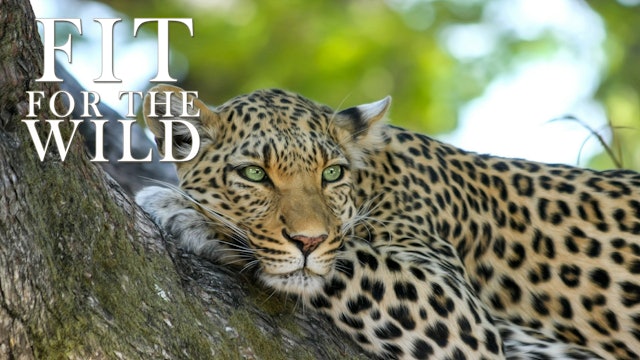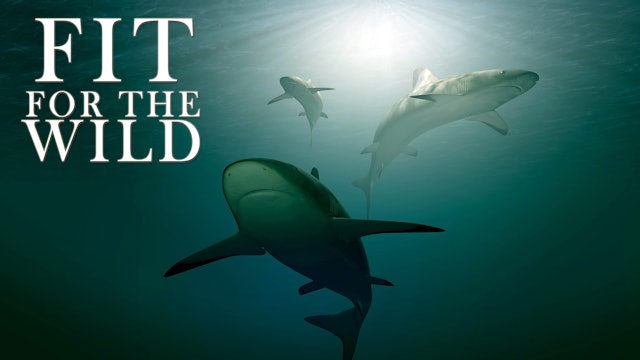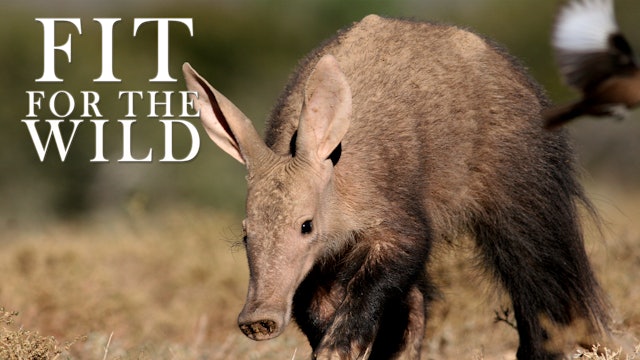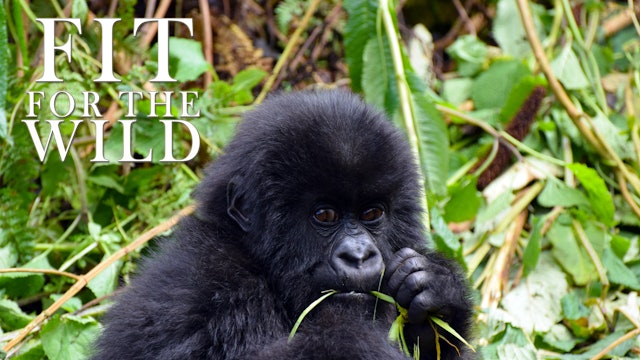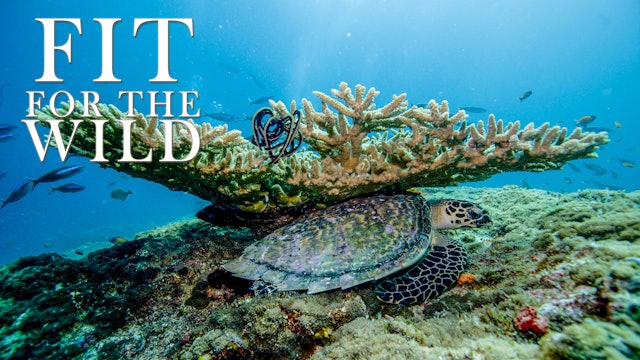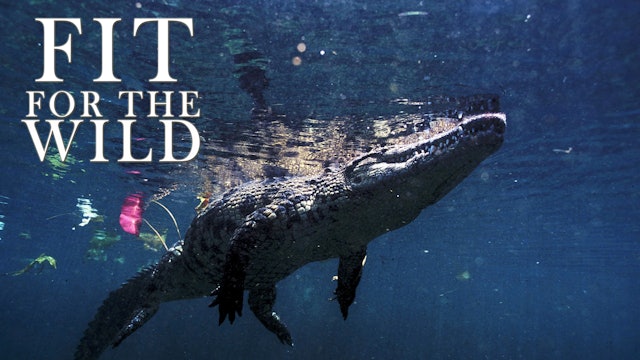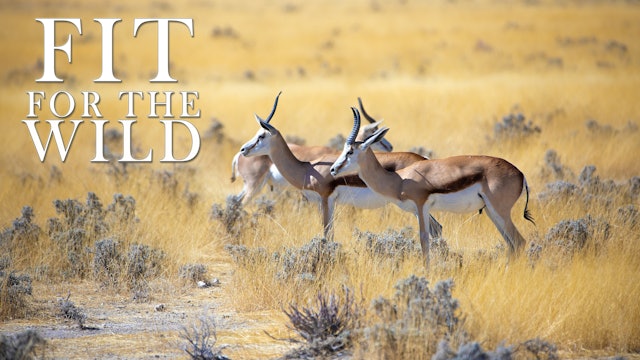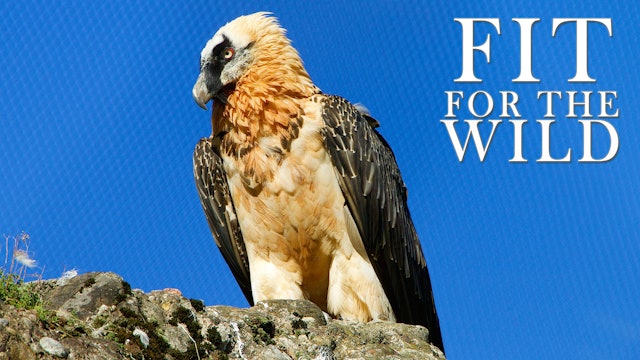Fit for the Wild
The great wildernesses of Africa are as diverse as they are breathtaking. Each habitat makes specific, and often harsh, demands on the species it supports. The animals have adapted over time to survive, each in its own resourceful way. This series highlights thirteen of Africa’s most fascinating natural habitats and the creatures that thrive there.
-
FFW01 - Adapted to the Bushveld
The bushveld is classic Africa: searingly hot, covered in scrubland and dominated by predators. Summer has been good, and a mother leopard has produced two cubs who have survived. It is now her duty to teach them the ways of the bushveld.
-
FFW02 - Adapted to the Desert
The only true desert in southern Africa is the most hostile and unforgiving of them all. No other African wildlife exhibits as much resourcefulness and flexibility as the desert elephants of the Namib, known to trek up to 400km for a precious drink of water.
-
FFW03 - Adapted to the Grass Plains
When the last summer rains have fallen in the Serengeti, 1.3 million blue wildebeest set out from the exhausted southern grasslands, pursuing fresh pastures and tropical rainfall in the north. Their 1600km annual journey is the most spectacular animal migration on earth.
-
FFW04 - Adapted to the Coastline
Where the ocean meets the African continent, the Cape fur seal leads a double life, depending on both land and sea to feed, breed and survive. As spring arrives, the pregnant females haul themselves onto the rocky shoreline to give birth and, almost immediately, mate again.
-
FFW05 - Adapted to the Semi-Desert
The barren Kalahari landscape offers little protection to its animal inhabitants. Masters of survival, they must overcome drought, dust, wind and heat to survive. Clans of resourceful meerkats resort to burrowing in the ground to avoid the many predators that await them in the ‘land of the big th...
-
FFW06 - Adapted to Swamps
The creatures of the Okavango occupy a mosaic of land and water. Throngs of birds and animals arrive with the seasonal floods, only to recede along with the waters. Permanent residents of this emerald oasis are specially adapted to survive its often unpredictable patterns. At the head of this foo...
-
FFW07 - Adapted to the Ocean
Three great oceans meet at the southern tip of Africa and three distinct marine ecosystems extend their mingled currents thousands of miles around the continent, creating one of the most complex and varied marine environments on earth. The creatures here have developed unique body shapes, hunting...
-
FFW08 - Adapted to the Underground
Burrowed beneath the African bushveld, animals like the hyena, aardvark and pangolin shelter, retreat to sleep and breed. As the winter dry season sets in, wild dogs — the most endangered mammal in Africa — abandon their nomadic existence to give birth in these underground dens.
-
FFW09 - Adapted to the Forest
The towering 60ft canopy of Africa’s rainforests creates a hot, humid habitat where time seems to stand still and seasons never change. Where humans rarely venture, our closest animal relative, the chimpanzee, thrives in the trees. The forest floor is the domain of the largest and most powerful o...
-
FFW10 - Adapted to the Reef
A reef is an incredible living organism. To survive and flourish, water conditions have to be perfect, only then can tiny coral polyps form thriving colonies. Algae attach themselves to the corals and reef fish soon follow to feed on both and make their home in every crack and crevice. This profu...
-
FFW11 - Adapted to the Estuaries
Fluctuation between fresh- and salt-water, alternating immersion and exposure, temperature extremes and powerful currents make for extremely demanding conditions in southern Africa’s coastal estuaries. Nonetheless, fish, birds and reptiles thrive here and each year female loggerhead and leatherba...
-
FFW12 - Adapted to the Food Plains
For long periods, even years on end, the salt pans of Africa are barren and lifeless. When the rains finally come, water sweeps over the salt-encrusted clay, creating vast inland seas just a few inches deep. Thousands of kilometers away, massive flocks of flamingos sense that the drought is break...
-
FFW13 - Adapted to the Mountains
The Drakensberg is a mighty chain of peaks spanning South Africa, Swaziland and Lesotho. Black eagles and cape griffon vultures rule the air, nesting on perilous cliff faces to avoid predators. However, agile baboons still find their way to the precariously placed nests. The rugged terrain demand...

